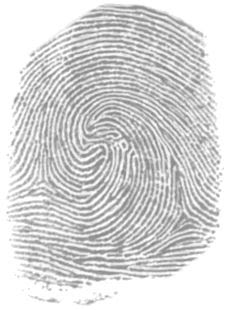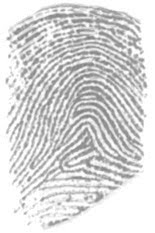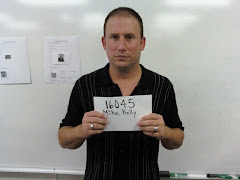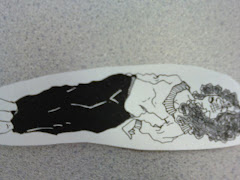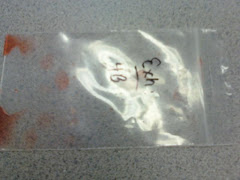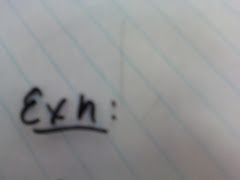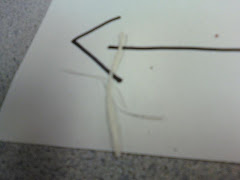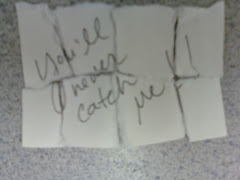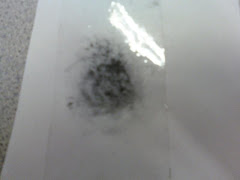1879 Rudolph Virchow, a German pathologist, was one of the first to both study hair and recognize its limitations
1910 Victor Balthazard, professor of forensic medicine at the Sorbonne, with Marcelle Lambert, published the first
comprehensive hair study, Le poil de l'homme et des animaux. In one of the first cases involving hairs, Rosella
Rousseau was convinced to confess to murder of Germaine Bichon.
Techniques used to Identify Hair/Fiber:
Microscope:
-1 analyed
-2 compared
Nuclear DNA and Mitochondrial DNA (mtDNA) tests
-More information on culprit unable to be obtained from microscopic view.
1. Human or Animal? Determine this first to get some general information
2. The hair could have been shed or forcefully removed; if the latter of the two you would know violence had occurred.
3. Figure out which part of the body the hair came from could provide good evidence.
4. You should be able to tell through the hair the racial background of the person whom the hair belongs to.
5. You can also tell how long ago the hair was dyed by how much of the hair isn't treated.
Lab Findings:
If you can adjust the microscope well, this could be a excellent piece of evidence. It can show material types, person's hair color, person's drug history, or animal hairs. All this information helps on finding the criminal.
Guess on how the crime occurred:
One evening while driving home in the rain, Mike Kelly spotted a woman walking without an umbrella. He invited her into his car and by the end of the car ride, convinced her to spend the night. The arrived at his house around 11:00 pm and went straight to bed. When Mike Kelly woke up, the woman had a gun to his head demanding all his money; for she was the notorious Koolanda Jones. The criminal mastermind Mike Kelly activated the metallic ceiling with a voice command. This cause Jones's gun to be ripped from her hand to the ceiling and the bullet shot to skim Kelly's left ear. He pulled a gun out of a secret compartment and aimed at Jones. She quickly turned around as he fired and her bulletproof hair stopped the shot. She quickly turned and ran at Kelly; but he whipped out one of his tennis rackets and sent her spawling across the floor. He then, now infuriated, mercilessly beat her face. The police came soon after recieving complaints about gunfire from neighbors; Mike Kelly was forced to flee.
This information was derived from the following sites:
http://www.forensicdna.com/Timeline020702.pdf
http://www.fbi.gov/hq/lab/fsc/backissu/july2000/deedric1.htm#Hair




